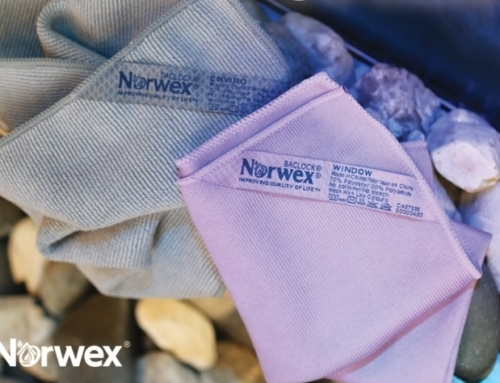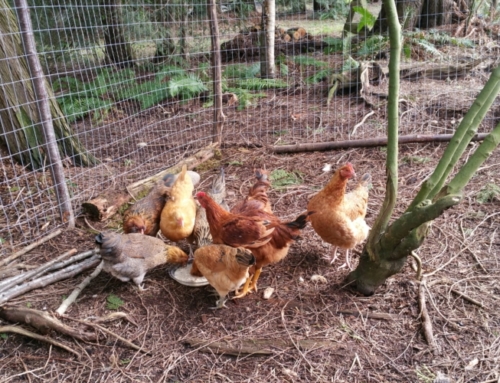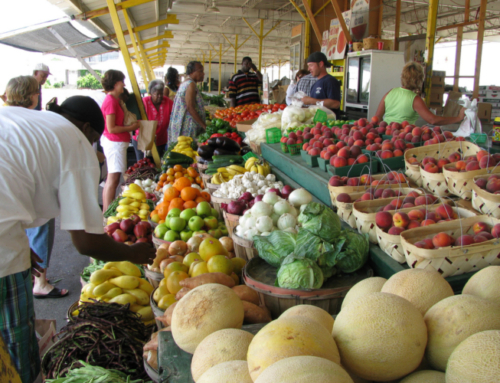So what’s the big deal with fermented or cultured foods? Why are they important? Does the culturing process matter? As talk of fermented foods becomes more prevalent and even commercials on TV are talking about the need for healthy bacteria as part of a regular diet, these questions are raised. Maybe you’ve wondered about this yourself. In this post I give you a simple break down and answer these questions for you.
Let’s start by understanding why we need traditionally fermented foods in our diet. It’s only rather recently that fermented foods disappeared from the daily diet. Humans all over the world have been fermenting foods since ancient times, mainly as a form of preservation.
These days though the pickles you eat are made using vinegar instead of the older lacto-fermentation process using salt. Bread and pasta are made with commercial yeast instead of wild yeast (fermented starter such as sourdough). Wine, beer and cheese are all pasteurized which kills all the good bacteria that helps us maintain our good bacteria.
When we eat to keep our good bacteria strong we are supporting our moods to be balanced and our immune systems to be strong along with other organs and systems in the body.
Here’s 5 Ways Fermented Foods Support You
- help you digest your food by predigesting or breaking it down putting less stress on your digestive system and making your food available all the way down to your cells;
- by providing good bacteria to your body which prevents allergies, illness, bad moods, constipation, hormonal imbalances (just to name a few);
- are rich in enzymes which as we age decrease and are needed to help break down the nutrients in our food;
- increases the vitamin content in food;
- helps you absorb the nutrients better.
How Do You Implement These Fermented Foods? Using These 3 Easy Steps
- look for true sourdough bread instead of bread made with commercial yeast;
- drink fermented beverages such as raw water kefir or kombucha; you can purchase these (beware though some mass produced brands are full of added sugar and do not contain live cultures – look for small batch, locally produced brands) or make your own;
- at every meal or at least one meal a day have a side of one of these traditionally cultured condiments: pickles, sauerkraut, salsa, ketchup, sour cream, kimchi, cultured mayonnaise, fermented chili sauce and other naturally fermented condiments
Some examples of fermented foods are:
- plain whole fat yogurt or kefir
- raw, unpasteurized water kefir beverages or kombucha tea
- raw, unpasteurized sauerkraut or lacto fermented veggies
- unpasteurized miso (my all time favorite brand is South River Miso)
Ask for these items at your local health food store or regular grocery store. Many items are becoming available at even your mainstream grocery stores as demand has grown.
If there are no stores near you that carry traditionally cultured food then search online for products. Wise Choice Market is one of my favorite resources.
Or you can make your own. Cultures For Health is my favorite resource for supplies and how tos. Making lacto-fermented veggies is so easy and fast. Here’s the link to my recipe for lacto-fermented carrots.
Practice adding 1 – 2 tablespoons of a cultured food or beverage to at least one meal a day twice a week to start off with if this is all new to you. Try different kinds of fermented foods, find your favorites! Share with your family and friends, have a tasting night; play with your food and have fun!
I’m including my cultured mayonnaise recipe here for you. It’s so easy and tastes fabulous. Mayo you can feel good about eating! Enjoy!
Live Vibrantly Cultured Mayonnaise
- 3 pastured eggs yolks (room temperature)
- 1 pastured whole egg (room temperature)
- 1/2 teaspoon organic dijon mustard (look for one that just has mustard seeds, apple cider vinegar and seasonings)
- 1 1/2 teaspoons organic apple cider vinegar (look for raw, contains “mother” on the bottle)
- 2 tablespoons of fresh organic lemon juice
- 2 tablespoons raw honey
- 1 teaspoon Himalayan salt
- 3/4 cup olive oil
- 3/4 cup avocado oil
- 1 tablespoon water kefir (plain) (optional – if you don’t have water kefir and just want a great homemade mayo recipe then you can skip this ingredient)
To your food processor add the egg yolks and whole egg. Mix until you have a really creamy texture; if eggs aren’t room temperature just continue mixing for another minute or so to warm them up. Add the mustard, apple cider vinegar, lemon juice, honey and salt to the processor and mix until well blended.
Now while the food processor is running slowly drizzle in the olive oil then the avocado oil. It should start to get a “whipped” texture. At this point while the processor is still running add the water kefir if you are making the cultured version.
Transfer the mayo to a jar that will hold at least a quart with a bit of room still. If you are making the cultured version then use a pickle pipe lid (these are the most fabulous tool ever! they make culturing at home so easy!) and leave out on your counter for anywhere from 8-12 hours before you put it in the fridge. (If you’re not using the pickle pipe lids then just put the regular lid on and leave it on the counter for the same time.) If you are not making the cultured version then put in the fridge immediately.
Live Vibrantly!
ps. Curious to know more about how to get the most nutrients from your food and make the best choices? Then I invite you to check out my book, “Live Vibrantly! 10 Steps to Maintain Youthfulness, Increase Energy and Restore Your Health”. Go here for more information and how to get your free bonuses.









